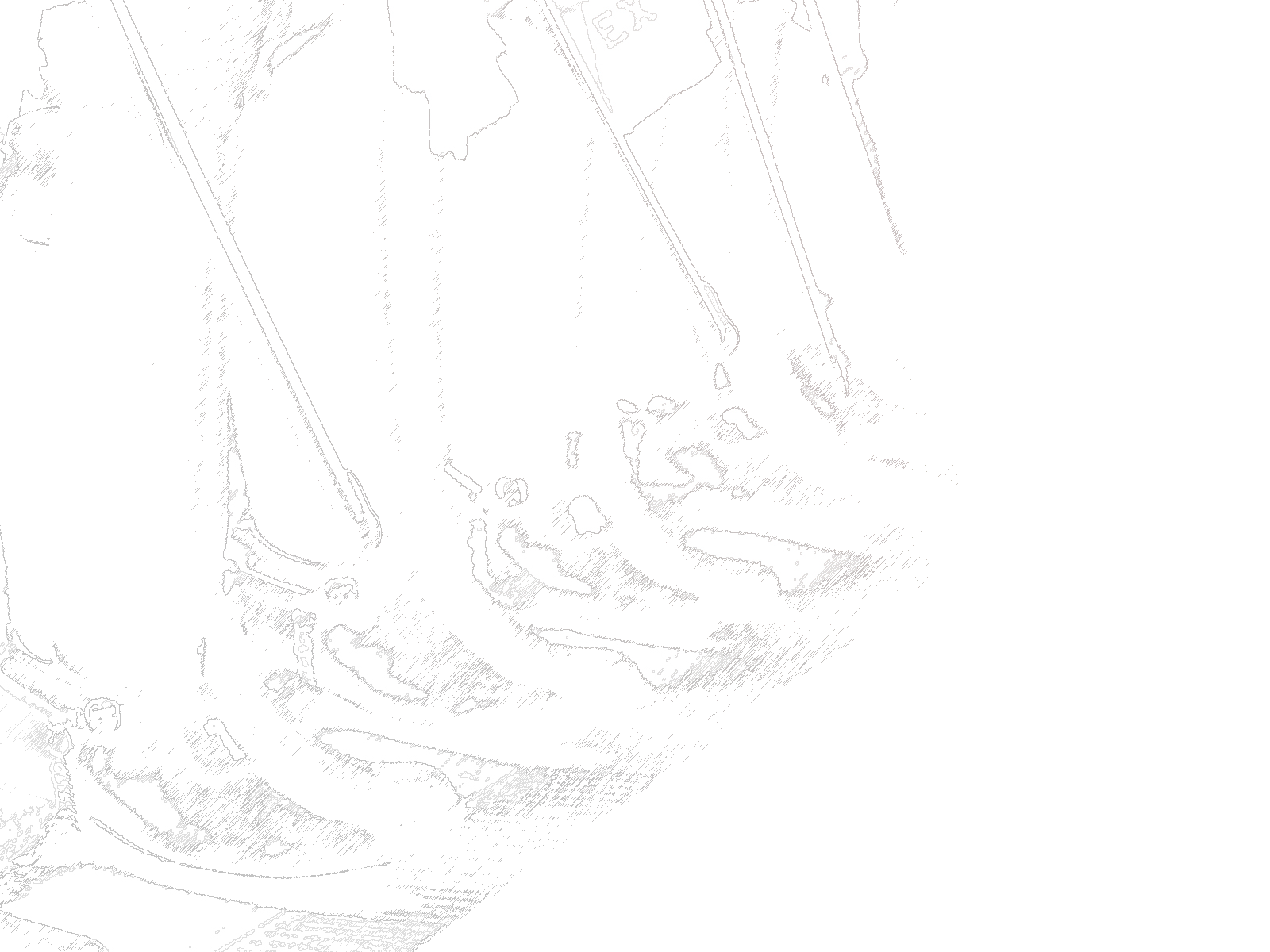My column for the Washington County News is online and in print. Here’s a taste:
One of our nation’s structural supports that has provided the stability to make us the world’s oldest republic is our federalist structure. In a very geographically large and demographically diverse nation, the ability for each of the 50 states to shape public policy in accordance with the peculiarities of its citizenry is a strength — not a weakness.
Our federalist structure also permits each state to experiment with various policies and let other states see the effects. In recent years, we have seen states decriminalize drug use and soften police enforcement to disastrous effect. We should be thankful that such policies are tried on a state level and not implemented on all of us.
While we are increasingly losing our grip on federalism as power and authority concentrates in far away Washington, D.C., each of our United States continues to experiment with different policies. It is worth taking note of policies that are taking hold and becoming widespread. Two such policies are sweeping the nation and Wisconsin is not participating. Last week, Alabama became the twelfth state to pass universal school choice and six other states are considering it this year. Some 28 states and the District of Columbia already have some form of school choice according to Education Week. School choice was an innovation born in Milwaukee by a coalition of liberals and conservatives who wanted to give poor families a chance to get their kids into better schools — even if that better school was a private school. For several years, various income-based school choice programs spread throughout the nation before stalling under the withering assault of entrenched government school interests. The pandemic changed everything. Being affronted with the reality of just how bad our government schools had become, parents insisted on a better option and breathed new life into the school choice movement. While school choice comes in many forms, the common feature is that parents are provided some or all of the funding that would have been spent for their child in a government school to be spent on alternative educational options. The goal is to couple the funding to the child and not to the bureaucracy.
School choice has become a potent political force in states like Texas. Despite being dominated by Republicans, school choice failed to pass the Legislature last year when a cohort of House Republicans joined the Democrats to vote against it. In the primary election last week, six Republican incumbents were ousted outright and four more are headed for runoff elections — all on the power of the school choice issue. It is an issue that transcends party and motivates parents.
Despite being the birthplace of school choice, Wisconsin has lost its place in the vanguard of education reform.
Another movement that started in the mid-1990s was to reinstate Americans’ civil rights by allowing citizens to carry a concealed weapon. For 20 years, states steadily implemented concealed carry laws to allow qualified citizens to carry concealed. Wisconsin was a laggard in this regard as the 49th state to allow concealed carry. Illinois reluctantly followed suit many years later to make concealed carry in some form a universal American policy.
In the past ten years, many states have gone further to allow constitutional or permitless carry whereby virtually anyone who is legally allowed to possess a handgun may carry it concealed without a permit. According to the United States Concealed Carry Association, 29 states currently have permitless carry.
Here again, the pandemic, coupled with the riots of 2020-2022, sparked new urgency with this issue. Recognizing that law enforcement is largely unable, and sometimes unwilling, to prevent people from committing crimes or protecting innocents, Americans began taking personal responsibility for their physical safety. Women and people of color are two of the fastest-growing groups of gun owners.
There is no definitive source to know how many guns there are in private hands and who owns them. That is as it should be. A Pew Research study from last year estimates that there are about 222 million private guns owned by about 105 million Americans. Guns are, and always have been, part of our culture and our right to keep and bear arms was protected at the founding. While our nation has always done a decent job protecting our civil right to “keep” arms, states are now doing a better job of protecting our civil right to “bear” arms. What good is a right if you have to ask the government to exercise it?

0 Comments